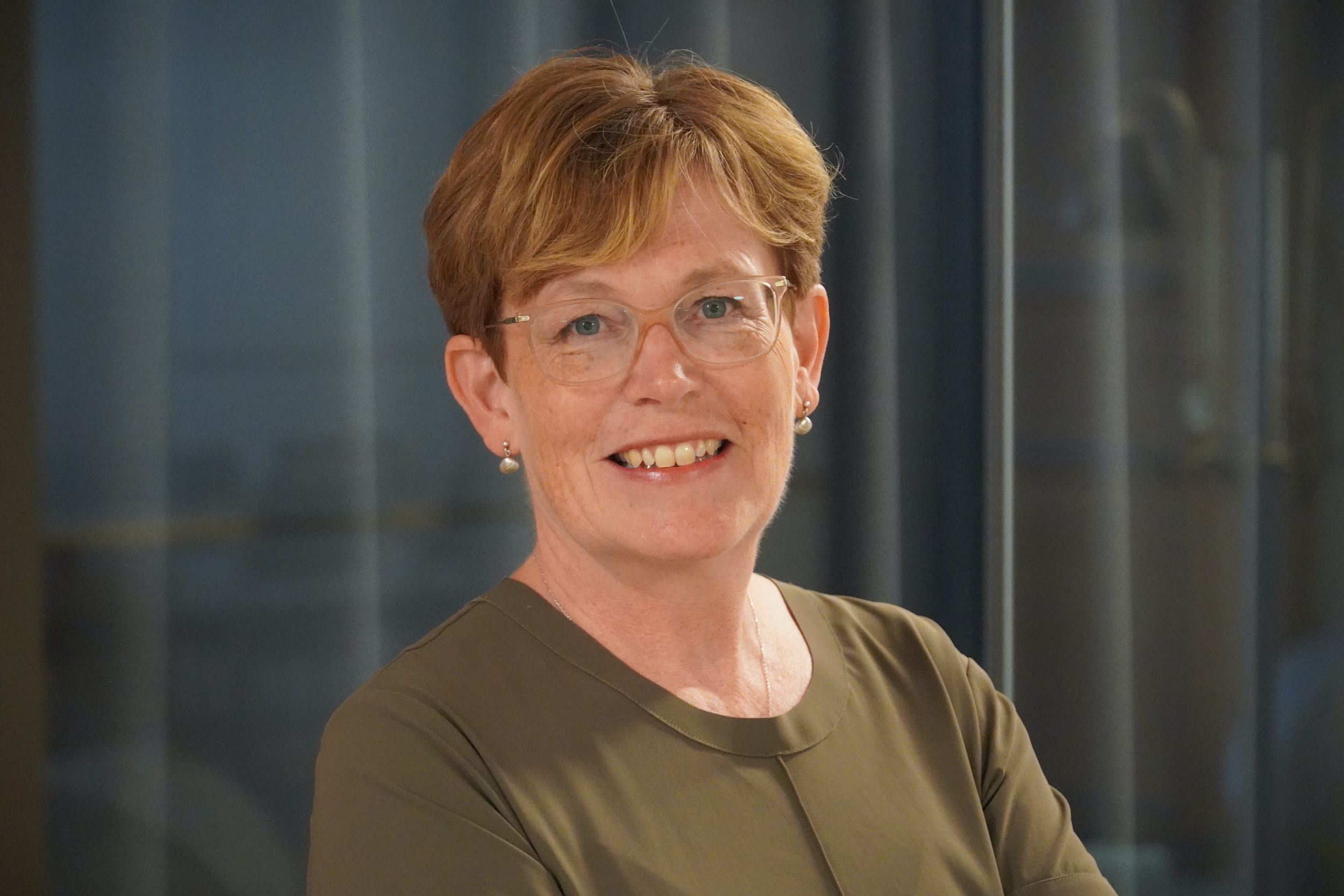.png)
Interview: Christina Gestrin on Digital Challenges and Opportunities for Swedish in Finland
19.11.2024Christina Gestrin, Secretary-General of the Folktinget, the Swedish Assembly of Finland, and former Finnish MP, has long been advocating for the rights of Finland’s Swedish-speaking population. In her role, Gestrin works to ensure that digital services and public sector tools are inclusive and equally comprehensive for both major language groups in Finland. Despite Swedish being one of the country’s two official languages, it is often overlooked in the digital sphere. In this interview, Gestrin, who will also be speaking at the upcoming 8th Forum of European Minority Regions (26–27 November 2024 in San Sebastián/Donostia, Basque Country), explores the risks and opportunities digitalisation brings for smaller languages and outlines necessary steps to promote the sustainability of minority languages in the digital era.

Christina Gestrin
Could you briefly describe your role at the Folktinget and its main objectives in supporting language rights?
I serve as the Secretary-General at the Folktinget, the Swedish Assembly of Finland. Our mission is to safeguard and promote the rights and interests of the Swedish-speaking population in Finland. The Folktinget operates across political lines, with all parliamentary parties engaged in Swedish-language activities participating within the organisation. In addition, the Folktinget shares best practices and promotes bilingualism in Finland. We regularly provide reports on the status of the Swedish language in Finland, focusing on monitoring the implementation of the Council of Europe conventions on languages and minorities.
You have provided commentary on a study conducted by Markus Söderman on the digital landscape in Finland. Could you share some of the key findings from this study, particularly regarding the risks and opportunities that digitalisation and AI present for smaller languages?
The study focuses on the websites of private enterprises and public-sector municipalities, examining how well they consider Swedish – the smaller of Finland’s official languages – in their website design. When creating bilingual websites, it is important to consider the needs of both language groups from the beginning to ensure that pages are equally comprehensive, user-friendly, and reliable. When the municipalities develop websites and digital services, it is important that the language icons are easy to find and that it is easy to navigate between Finnish and Swedish.
The study highlighted both successful and less successful examples of bilingual website solutions. While private enterprises can choose whether they want to reach out to both Finnish and Swedish speakers, municipalities are legally obligated to provide services and information in both official languages. However, digital tools and websites often prioritise the Finnish-speaking population, with Swedish translations provided later. Additionally, the top-level domain (TLD) is often in Finnish even when a municipality is officially bilingual.
What specific challenges have you observed in ensuring digital inclusivity for Swedish speakers in Finland?
Municipal and state organisations don’t always produce as much comprehensive information on their websites in Swedish as they do in Finnish. Consequently, Swedish speakers in Finland tend to use fewer digital services because they don’t always find the information on the Swedish-language websites reliable and accurate. Additionally, the design of these websites sometimes makes it difficult to find the Swedish-language pages.
In your opinion, how can digitalisation and AI enhance visibility and rights for minority languages?
Technologies supporting minority languages through AI are still in their early stages. Projects using AI for quick translation and transcription to and from minority languages exist, but developing such tools is costly and requires collaboration between the public and private sectors. The corpus used to train these AI tools must include a lot of material in the minority language, accounting for dialects and other variations. Therefore, it becomes a matter of financing and implementing policies to support AI tools for minority languages. Today, AI is primarily used for more widely spoken languages.
For example, AI technology, could act as a bridge connecting Swedish-speaking medical professionals with Swedish-speaking patients. To achieve this, detailed data on the medical professionals’ expertise, language proficiency, and the patients’ language needs must be gathered. Additionally, when public-sector customer service programs are being procured, it is essential to ensure that linguistic rights are taken into account and included in the procurement criteria.
What critical steps are necessary for ensuring minority language sustainability in the digital age?
Key steps include:
- Cooperation between the public sector, civil society, and private sector;
- Policies that consider sociological, technological, and linguistic rights;
- Resources for financing research and developing AI technology and tools for minority languages;
- Legislative provisions mandating that digital services be offered in minority languages concurrently with their availability in majority languages. Digital services must be equally reliable and comprehensive in both languages.
Additionally, it is important to acknowledge that there will always be people who cannot use digital services. Ensuring accessibility to essential services for everyone, regardless of their ability to use digital platforms, remains important.
Further Resources:
- Folktinget - The Swedish Assembly of Finland: Learn more about the Folktinget’s work and initiatives (in Swedish and Finnish)
- Study by Markus Söderman: Access the study on the digital landscape in Finland (in Swedish)
PRESS RELEASES
- FUEN wishes you a peaceful Christmas season, restful days and a bright, hopeful start to the new year!
- FUEN calls on the EU to act over systematic ethnic-based land confiscations in Slovakia
- Women of Minorities conference in Budapest calls for structural change to ensure equal political participation of minority women
- FUEN President Olivia Schubert at UN Forum on Minority Issues in Geneva
- "Laboratory of Peace": 28th Seminar of Slavic Minorities held in European Capital of Culture Gorica/Gorizia
- Equality in Political Participation and Representation: Third “Women of Minorities” Conference to Be Held in Budapest
- FUEN Working Group on Education discusses challenges and future of minority schooling in Europe
- 28th Seminar of Slavic Minorities in Europe to take place in Gorica/Gorizia, Italy
- Olivia Schubert in her first interview as FUEN President
- FUEN Assembly of Delegates elects new leadership – Olivia Schubert becomes new President















